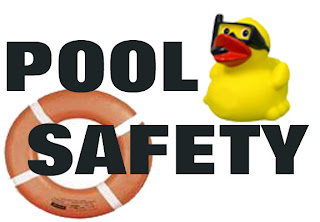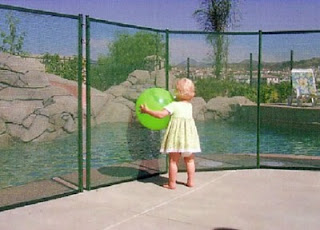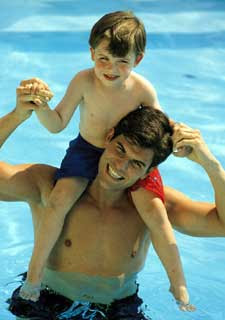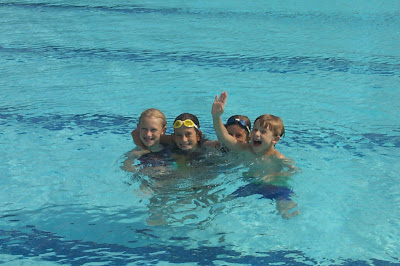What is pool drowning?
According to the World Health Organization (WHO), pool drowning is a state in which a person experiences respiratory impairment when submersed or immersed in the pool water. Once a person was submerged into the pool the tendency is that he/she will inhale water rather then air. This is the cause of asphyxiation or the lacking in oxygen that can lead to unconsciousness or death.
How would you know if a person is drowning?
You would know if a person experienced pool drowning when he or she possesses the following symptoms:
- If the person swims unevenly.
- When removed from the water, his/her ears and lips turned blue.
- The skin is cold and pale.
- The abdomen is bloated.
- Choking and vomiting.
- If the person doesn’t breathe.
What first aid treatment you should do?
1. Immediately remove the patient from the water.
2. Look for a lifeguard or paramedic that will execute the needed treatment.
3. If the trained personnel is not yet coming, you can do the own rescuing. All you have to do is to tilt his/her head slightly back while lying and start the Cardiopulmonary Resuscitation (CPR).
4. Let someone do the continuous call for a paramedic or other trained personnel that will provide oxygen equipment.
5. If the person isn’t still breathing, begin mouth-to-mouth or mouth-to-nose ventilation.
6. Check on the patient from time to time while waiting for the paramedics.













